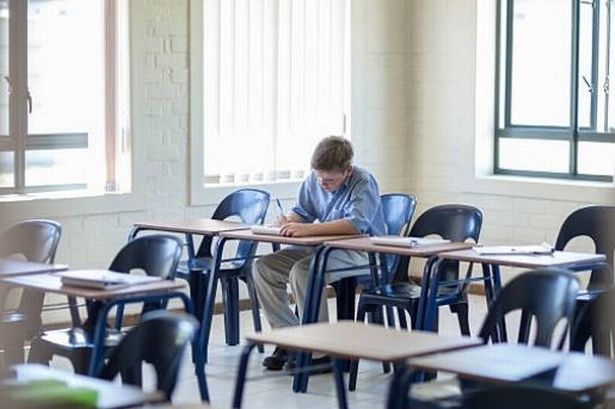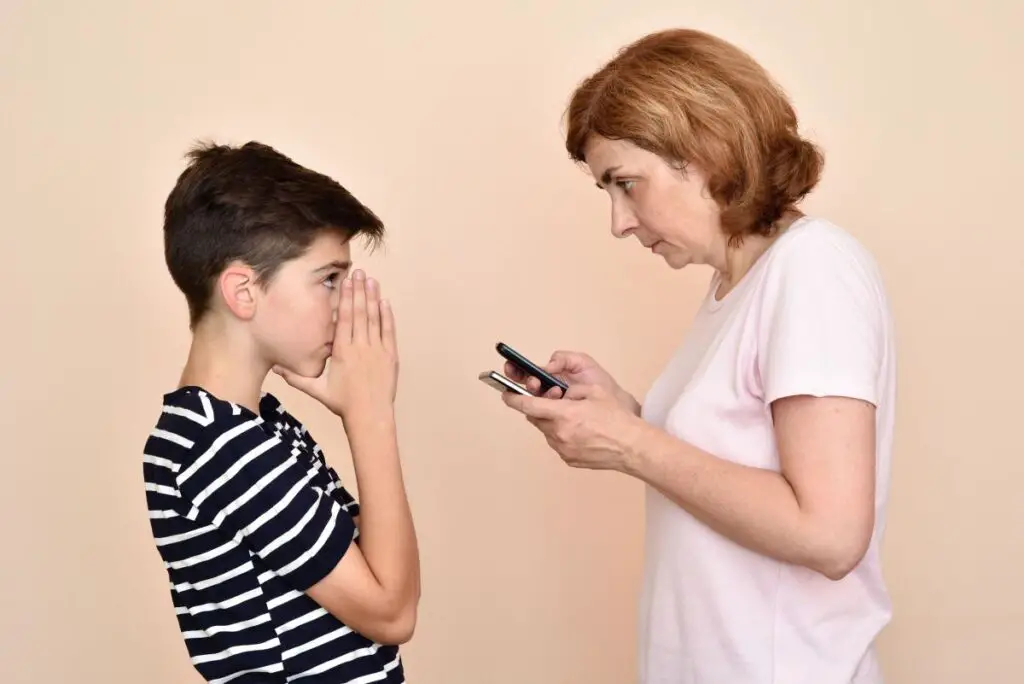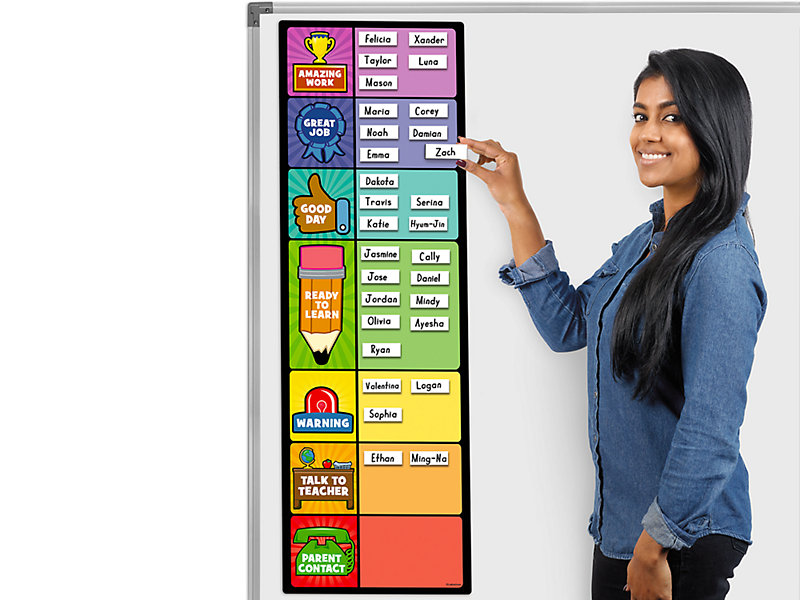Operant conditioning is a learning process where behaviors are strengthened or weakened based on their consequences, utilizing reinforcement or punishment to shape and modify voluntary actions or responses.
In behavioral psychology, the operant conditioning theory is critical in comprehending how animals and humans learn new behavior.
From instrumental learning experiments, we learn that the consequence of an action determines if a person will repeat the action in the future.
Operant conditioning can be employed in experimental settings such as labs, natural settings, and controlled settings like classrooms.
In this post, we will take a look at examples of operant or instrumental conditioning in the classroom.
Examples of Operant Conditioning in A Classroom
1. Detention

Many of us are familiar with the detention room.
Detention is not fun. You have to remain and stay quiet in a specified room after school hours.
Teachers can issue detention to students who repeatedly behave inappropriately in class. Reasons for detention may include incomplete homework, lateness, or rudeness.
2. Time Out
Time outs can be effective in pre-K and kindergarten classes where little children hate to be separated from their friends or toys.
A corner of the class can be the designated time-out zone.
A time-out can help calm a child who is upset or disruptive.
A teacher can put a positive spin on time-outs by helping children understand that sometimes they need a break to get calm and regain focus.
3. Giving Smiley Stickers

A smiley sticker or a star can be used as a reward for good behavior like staying quiet.
A star sticker on the page of neatly done homework can encourage a child to keep submitting tidy work.
4. Separating Noisy Friends
Imagine trying to teach a lesson while a group of kids keep whispering and giggling somewhere at the back of the classroom.
Then you realize that the group consists of students who are close friends. What do you do?
You make them sit in different spots around the class. This will discourage noise and giggles among them when a lesson is ongoing.
5. Prizes for Top Performing Students

Teachers can present prizes to students with the best scores in an exam or quiz. This will encourage the top performers to keep working hard on their studies.
It will also challenge other students to aim for top scores for a chance to get the prizes.
6. Verbal Praise
Verbal praise can call attention to a learner who is behaving correctly. This inspires feelings of self-satisfaction and pride in a student.
The praise should be loud enough to be noticed by other students.
Verbal praise should be directly associated with the positive actions of the learner so that other students know what is expected.
For example, praising a student for answering a question can inspire fellow students to be more responsive in class.
7. Taking Away a Cell Phone

Different schools have different rules regarding kids having phones in school.
The most common rule in all schools is to turn off your cell phone during lessons and lecturers.
Unfortunately, some kids cannot resist the urge to text, play games, or check notifications on their phones.
Teachers can take away cell phones from such students. A teacher may keep the phone away from the student for a significant period of time in order to discourage the behavior.
8. Staying In Class during Recess
Teachers can decide which negative actions result in losing recess privileges. Children will avoid such behaviors to get a chance to play outside with their friends.
For example, a child who keeps interrupting others and talking out of turn can be asked to stay back in class during recess.
This child will learn to be quieter to allow other students to take their turns in classroom activities.
9. Written Approvals
Educators can write positive comments on worksheets, quizzes, and other written assignments.
Comments such as “super”, “awesome work” or “keep it up” can inspire the children to keep up their good efforts.
10. Keeping a Behavior Chart

A teacher can keep a chart listing expected behaviors. A sticker or a point can be given each time a student behaves well.
After a certain number of points or stickers, a prize may be given.
Behavioral charts provide a visual presentation of the overall behavior of a child.
Just by checking the chart, a student can see their performance. This can help improve positive behavior and discourage negative actions because a child will want their chart to look good in terms of the number of points or stickers.
Conclusion
In a classroom, positive reinforcements in the form of rewards can encourage good deeds while negative reinforcements can abate bad behavior.
For effectiveness, there must be a link between an action and a consequence.
Therefore, each time a behavior is repeated, it must be rewarded or punished.
Otherwise, a student may forget the association and return to their initial behavior.
